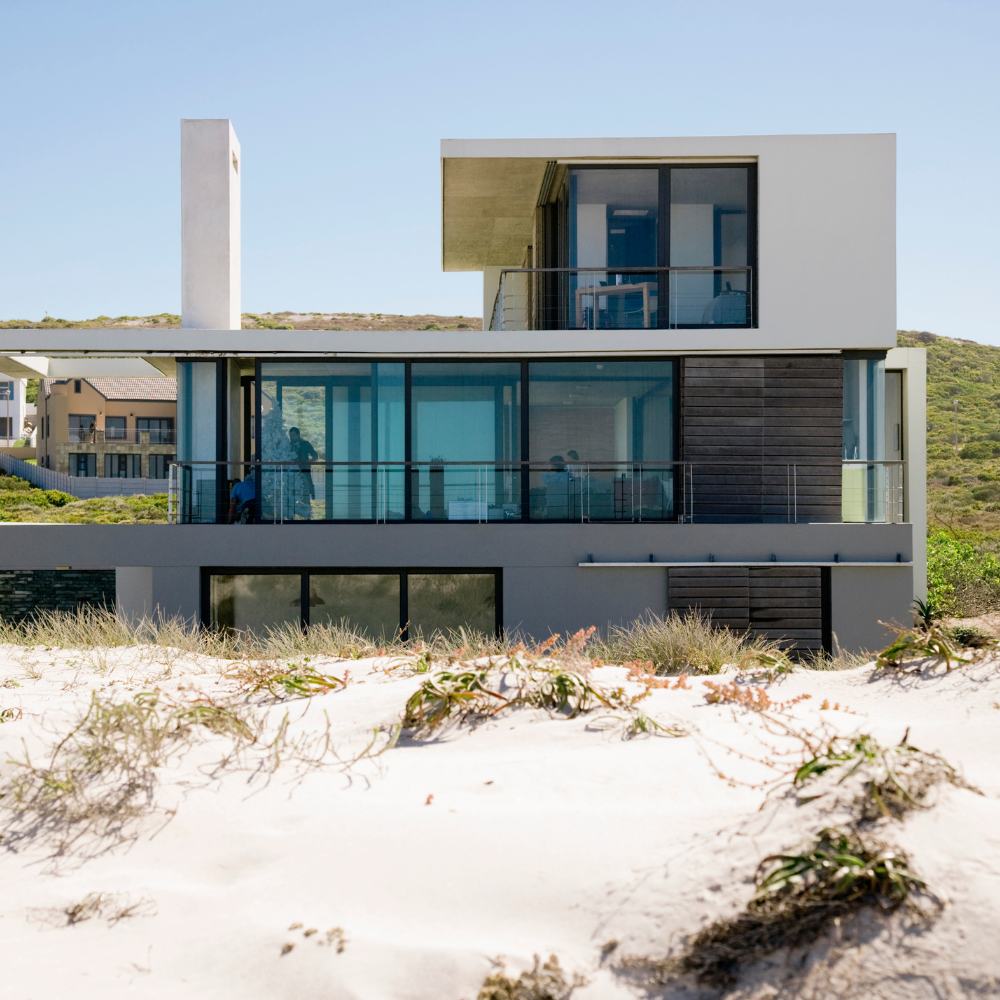
The world of mortgages can be complex, especially for first-time homebuyers or individuals looking to invest in unique or non-traditional properties. One such category of properties that may pique the interest of buyers is non-standard construction properties. This article will provide an in-depth look at non-standard construction mortgages, how they differ from standard mortgages, and the factors to consider before applying for one.
Defining non-standard construction
Non-standard construction refers to properties that are built using unconventional building materials or techniques, which can deviate from the typical brick or block construction. Examples of non-standard construction properties include:
- Timber-framed houses
- Steel-framed buildings
- Prefabricated homes
- Thatched roof homes
- Eco-friendly or sustainable properties
- Converted barns or warehouses
Understanding non-standard construction mortgages
A non-standard construction mortgage is a type of mortgage specifically designed for properties that fall under the non-standard construction category. Since these properties deviate from the norm, lenders view them as a higher risk compared to standard construction properties. As a result, obtaining a mortgage for a non-standard construction property can be more challenging and may require additional scrutiny during the application process.
Factors to consider before applying for a non-standard construction mortgage
Limited lender options: Since non-standard construction properties are considered riskier investments, there are fewer lenders willing to offer mortgages for them. This limited pool of lenders may result in less competitive interest rates and terms. It is essential to shop around and consult with a mortgage broker experienced in non-standard construction mortgages to find the best deal.
Higher deposit requirements: Lenders may require a larger deposit for non-standard construction properties, as they perceive these investments as higher risk. Be prepared to put down a more significant deposit than you would for a standard construction property.
Property valuation: A comprehensive property valuation is crucial before applying for a non-standard construction mortgage. This process will help you understand the true value of the property and any potential risks associated with its non-standard construction.
Insurance challenges: Obtaining insurance for a non-standard construction property can be more challenging and potentially more expensive. Speak with an insurance broker who specialises in non-standard construction properties to get a better understanding of your options and potential costs.
Future resale value: Non-standard construction properties may not appeal to all buyers, which could affect the future resale value. Keep this in mind when deciding whether to invest in a non-standard construction property.
Maintenance and repair costs: Non-standard construction properties may require specialised maintenance and repair work, which can be more expensive than standard properties. It is essential to factor in these potential costs when considering a non-standard construction mortgage.
While non-standard construction mortgages offer opportunities for unique and innovative properties, they also present challenges that borrowers should be aware of before making a commitment. Thorough research, consulting with professionals experienced in non-standard construction mortgages and properties, and understanding the potential risks and benefits are crucial steps in determining whether a non-standard construction mortgage is the right choice for your investment.
Related articles:
